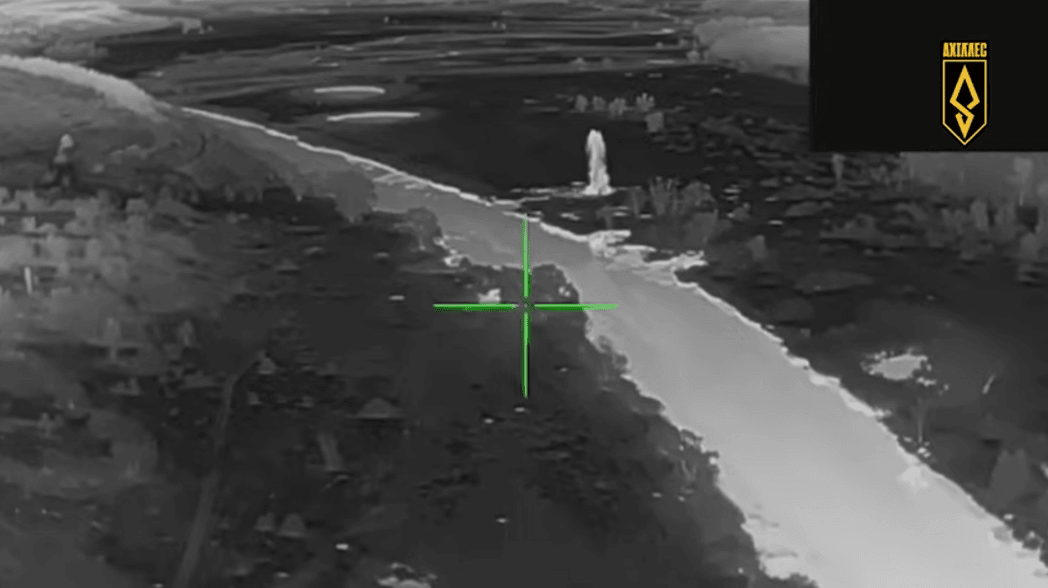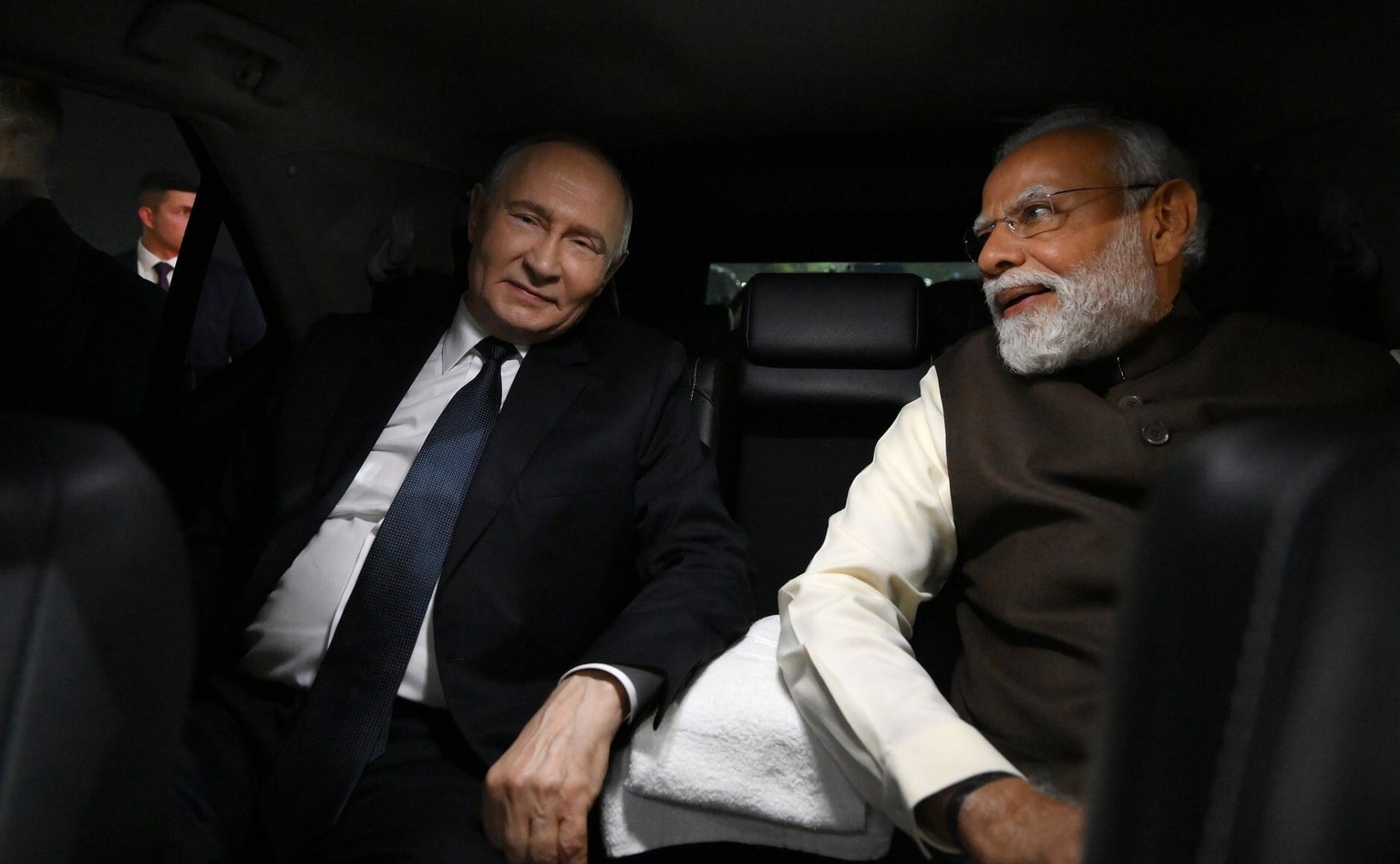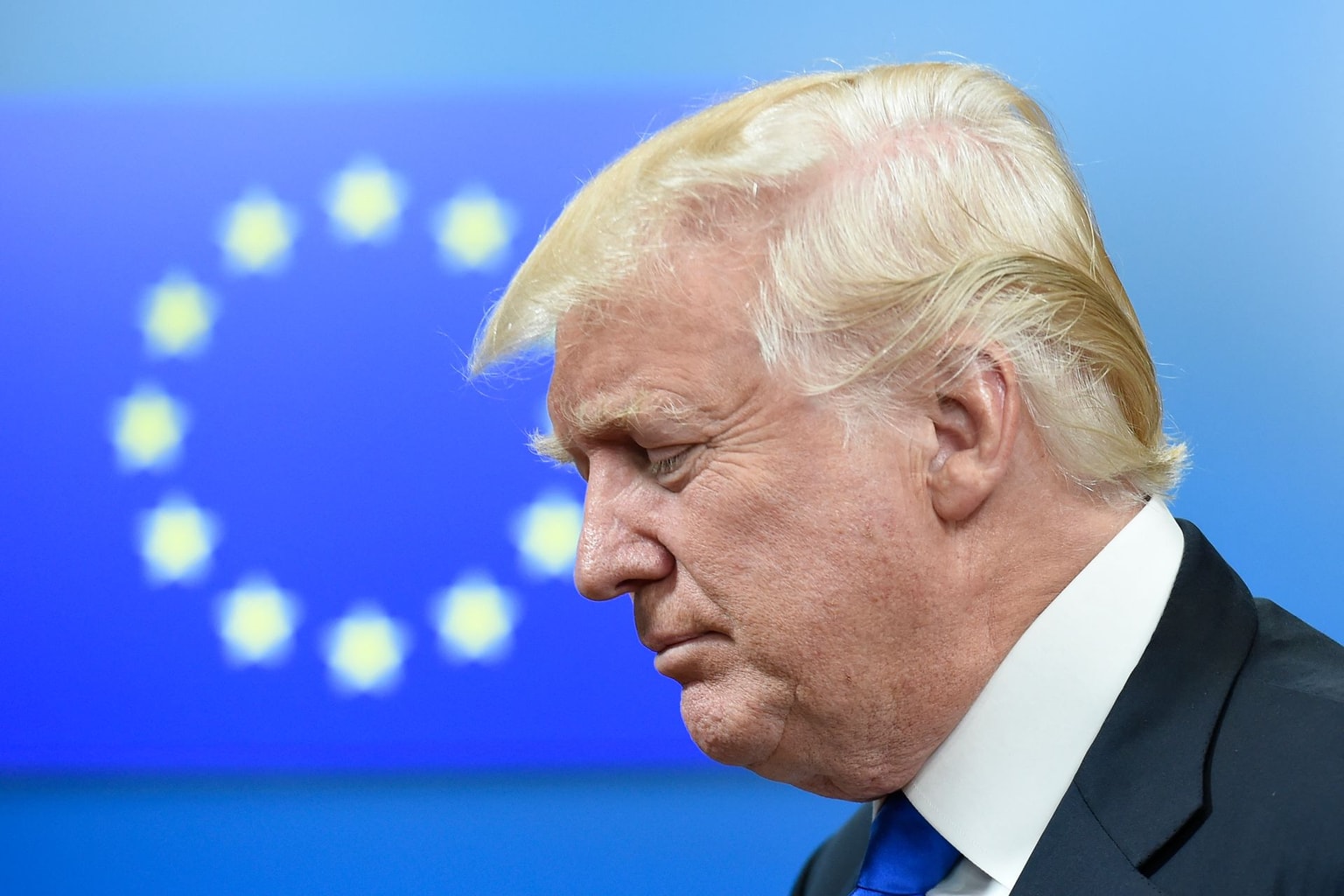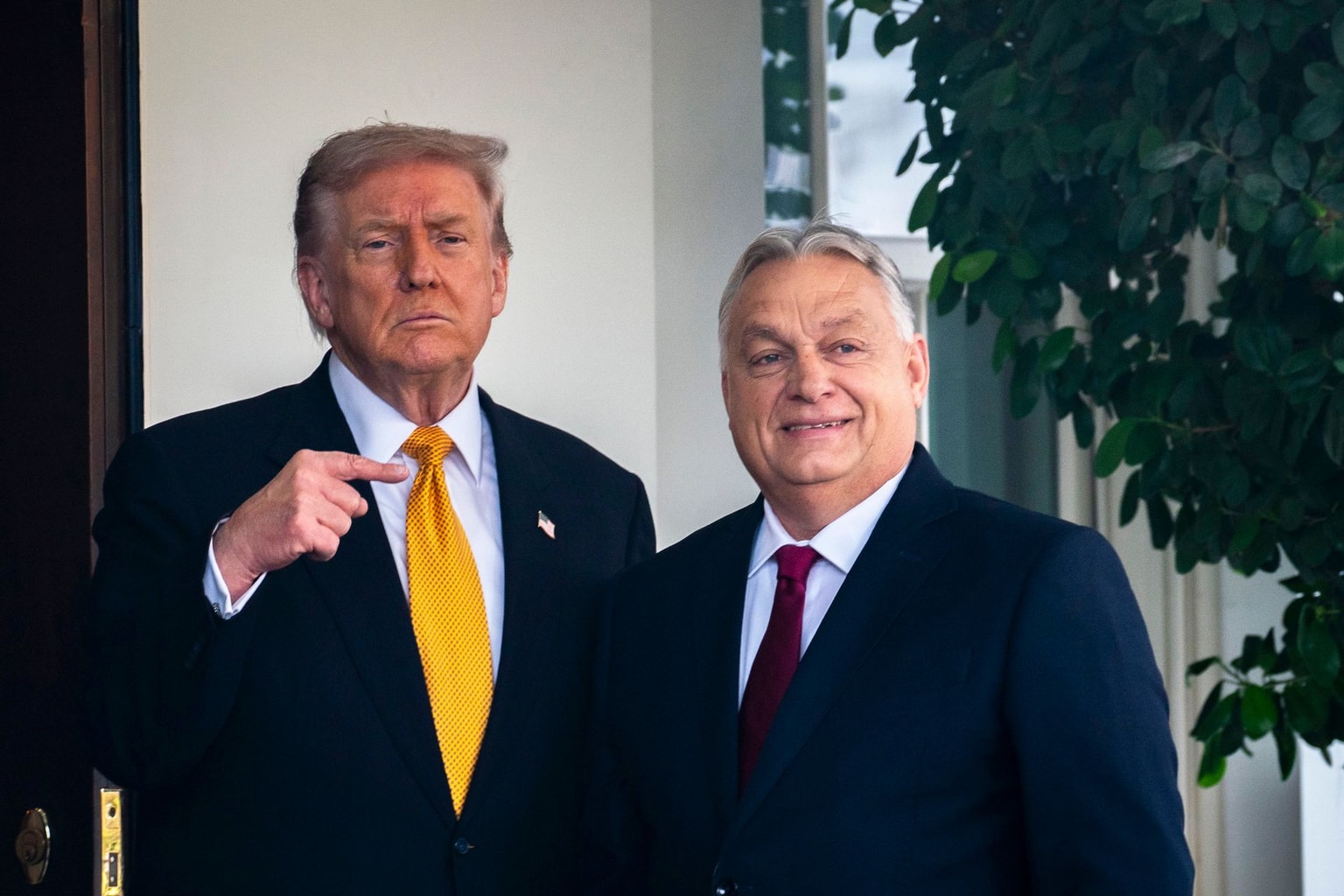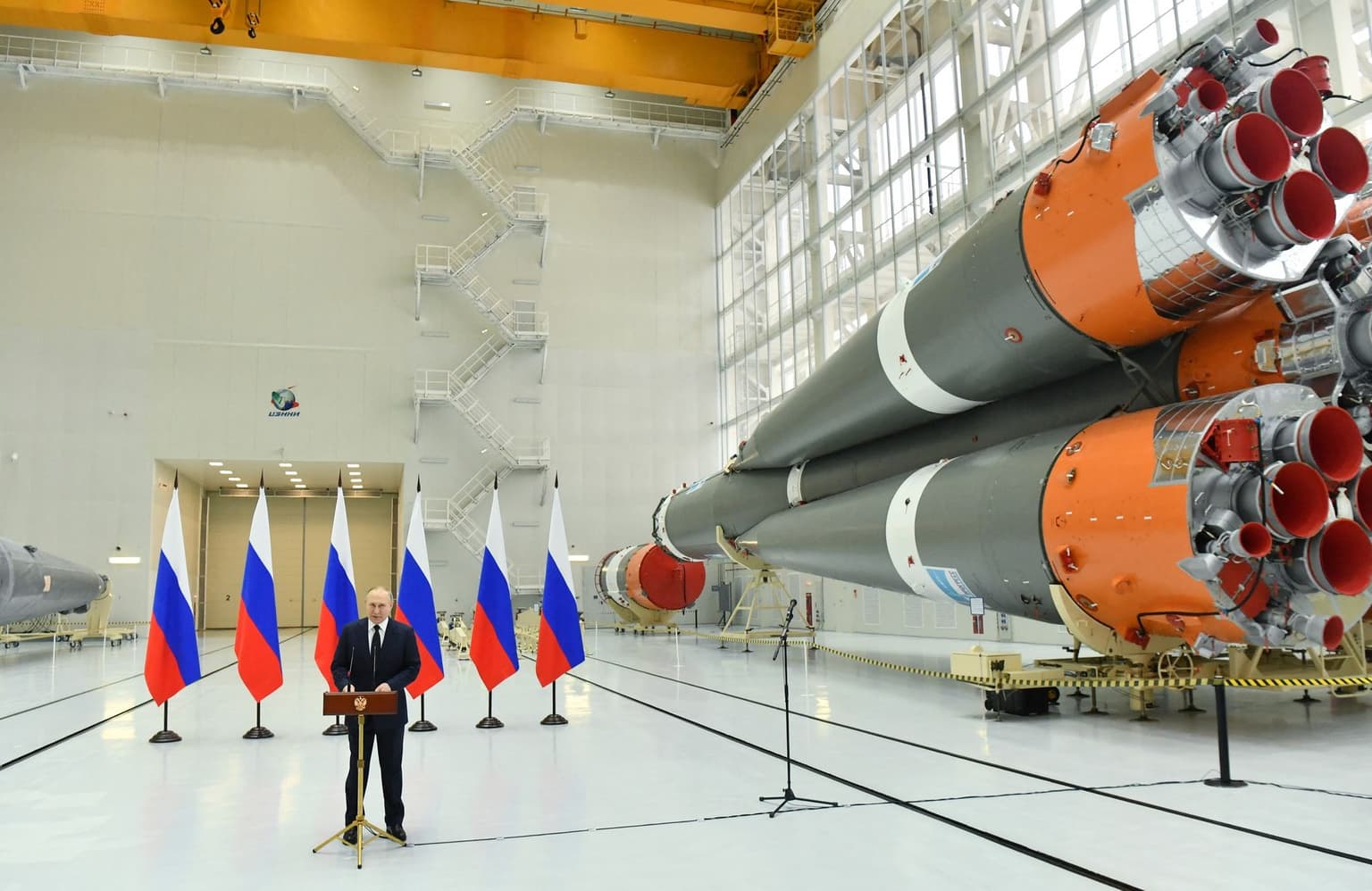
Don't give Russia space
Russian President Vladimir Putin delivers a speech during his visit to the Vostochny Cosmodrome, about 180 kilometers north of Blagoveshchensk in Amur Oblast, Russia, on April 12, 2022. (Yevgeny Biyatov / Sputnik / AFP via Getty Images)
Dmitry Bakanov, general director of the Russian Space Agency, recently announced a bold new policy. Over the next five years, Russia will try to create an "analogue of Starlink" by launching 292 new satellites. The project (named "Rassvet" – Russian for "Dawn") aims to expand high-speed broadband internet to 97% of Russian households by 2030.
But Starlink is dual-use, and Dawn would be too.
A satellite internet constellation could significantly aid Russia's invasion of Ukraine by providing secure battlefield communications, giving Russian forces greater mobility and improved command and control.
One of the reasons Russia's initial onslaught in 2022 failed was unreliable communications — Russian troops were often forced to use vulnerable, unencrypted high-frequency radio and even mobile phones. When Ukrainian forces had exclusive access to Starlink, it gave them a tactical edge on the battlefield. Since Russian forces began using Starlink (thought to be around February 2024; likely earlier), Ukraine has lost dominance of the "little sky," and Russia has achieved small but startling tactical breakthroughs in the front lines.
For the last several years, the general thrust of Russian space policy has been to launch suspicious and provocative satellites.
There was Cosmos 2553, launched on Feb. 5, 2022, which was allegedly testing components for a planned nuclear-capable anti-satellite weapon. Then there was Cosmos 2558, launched on Aug. 1, 2022, which stalked USA 326 (rumoured to be a next-gen optical reconnaissance satellite) before deploying a subsatellite within tens of miles of it this summer.
More recently, there was the launch of Cosmos 2576 last May, which has been co-orbiting with USA 314. In September, German Defense Minister Boris Pistorius complained that Russian satellites have been stalking satellites used by the German military. In October, the head of the UK Space Command revealed that Russia has been trying to jam British military satellites.
Russia should be deterred from provocative behavior in space and prevented from modernising its space infrastructure — both to increase pressure on the Putin regime and to limit the capabilities of the Russian Armed Forces in Ukraine.
Russian elites should be made to understand that more war will lead to less space.
Firstly, Ukraine's allies must spend more on space defense. Russia has, through its own actions, initiated a new space arms race.
Germany has just pledged to spend $40 billion on space defense by 2030. Similar pledges from other NATO allies would force reallocation of Russian resources away from Ukraine and inflict strategic dilemmas on Russia’s defense industry — will they be able to maintain their top-notch cyber capabilities while trying (and struggling) to develop an indigenous AI industry and modernise their space infrastructure? It's a tall order.
Secondly, Russian forces should be cut off from Starlink.
Unfortunately, this is easier said than done. Geofencing is crude and risks shutting off Ukrainian terminals on the front lines. Analysts have argued that Ukraine could provide Starlink with a whitelist of Ukrainian terminals and request that other terminals be blocked, but, given the rate at which terminals are damaged or destroyed at the front, this could end up hindering Ukrainian forces more than helping them.
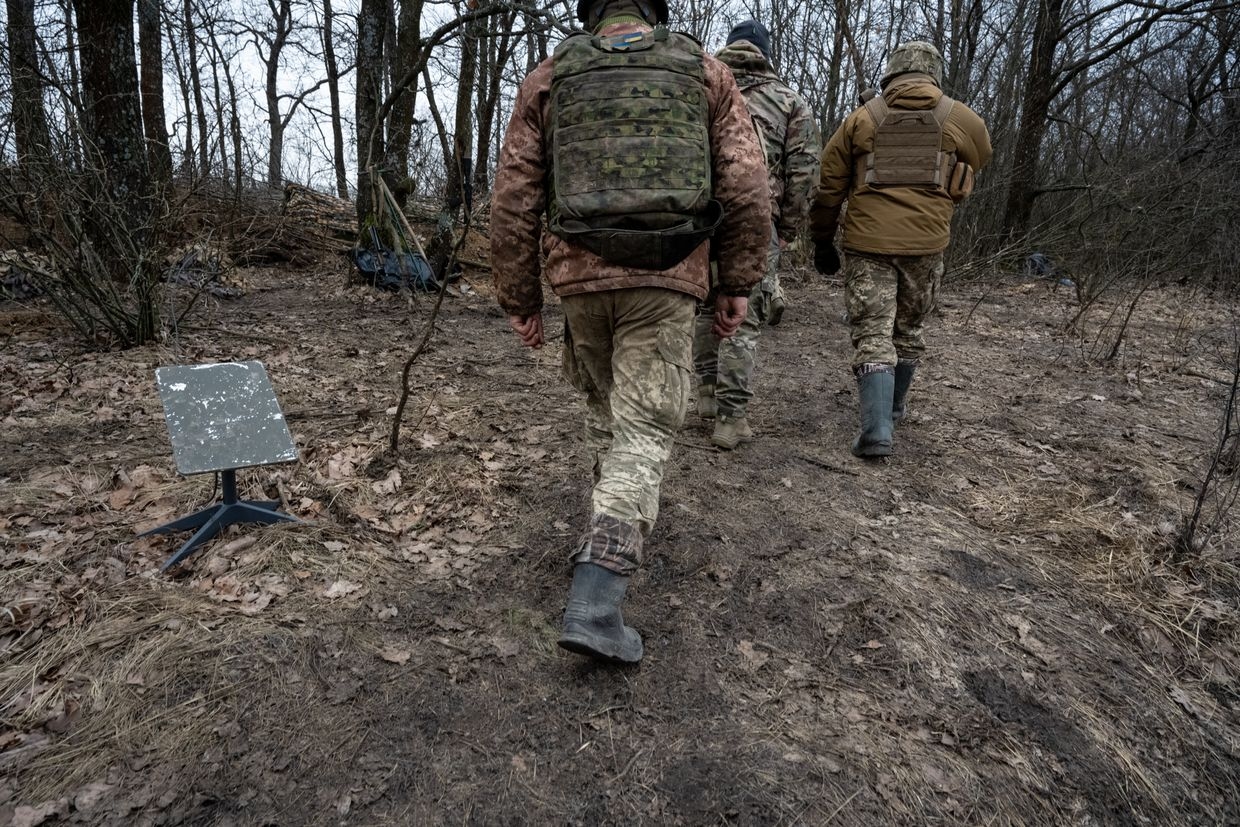
The Ukrainian government and Starlink are, presumably, working on a solution. In the meantime, there should be a diplomatic full-court press on third countries facilitating Starlink terminal trade with Russia.
Lastly, Operation Spiderweb demonstrated Ukraine’s ability to destroy strategic assets deep inside Russian territory. Russia’s ground-based space infrastructure could be similarly targeted. Ukraine’s allies have been squeamish about Ukraine attacking targets inside Russia, but U.S. President Donald Trump was reportedly a fan of Spiderweb, so why not?
Sabotage or cyberattacks could also be used to delay or prevent Russia’s space modernisation.
Russia’s space industry is already suffering.
High-profile failures since 2022 include the August 2023 crash of Luna-25 on the Moon, the string of coolant leaks from Russian spacecraft supporting the International Space Station (ISS) that autumn, and the April 2025 spacecraft failure of the aforementioned Cosmos 2553.
In 2023, it took Russia 18 months to produce a single satellite, while SpaceX could produce six satellites a day.
Western sanctions should be given some credit for these facts. But, at the same time, Russia has maintained a civil space programme, acquiring the UAE and Malaysia as new launch customers, and in June 2023, a Russian rocket even carried a British payload.
These are ridiculous things to concede, highlighting the need to invest in civil as well as military space capabilities and to offer better incentives to other countries to choose American launch vehicles.
Russia, true to its Soviet legacy, dedicates a vastly disproportionate amount of its resources to its space programme, which is a source of pride and even identity.
Undermining Russia's space capabilities would inflict a powerful psychological blow — Russian elites should be made to understand that more war will lead to less space.
The Soviet Union was the first space power; Russia could become the first ex-space power.
Editor's Note: The opinions expressed in the op-ed section are those of the authors and do not purport to reflect the views of the Kyiv Independent.




